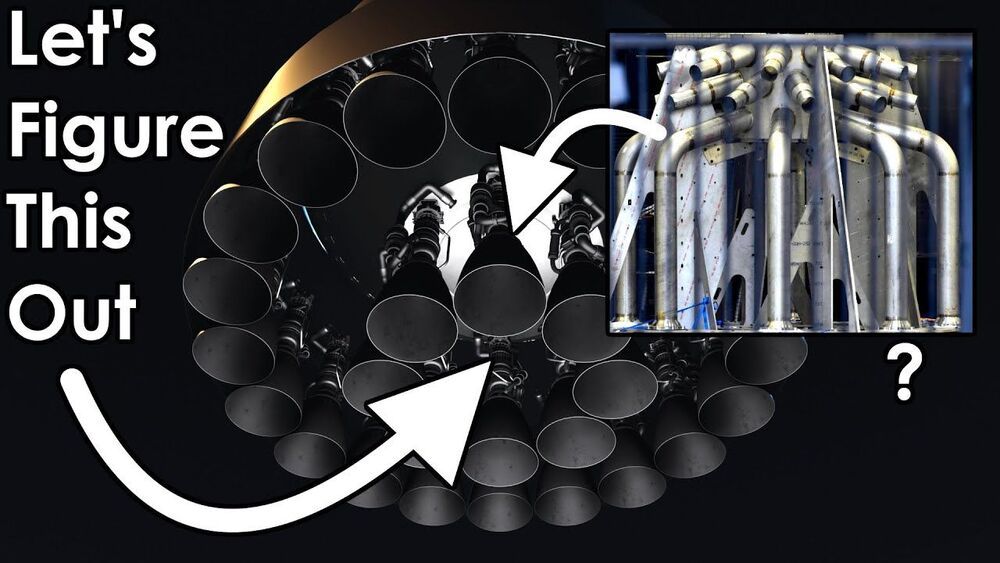A study counts blood cells and footsteps to predict a hard limit to our longevity.
Despite the LHC’s fame, all its detectors were oblivious to neutrinos. But not anymore.
With COVID rates dropping and vaccinations on the rise, the United States and other places are removing some requirements for face coverings. Are they moving too fast?
Summary: A new algorithm that uses data from memory tests and blood samples is able to accurately predict an individual’s risk for developing Alzheimer’s disease.
Source: Lund University.
Researchers at Lund University in Sweden have developed an algorithm that combines data from a simple blood test and brief memory tests, to predict with great accuracy who will develop Alzheimer’s disease in the future.
A software engineer tells BBC’s Panorama about installing the system in police stations in Xinjiang.
The 50-ton Voyager was developed by Boeing’s PhantomWorks division, which is devoted to advanced new technologies, succeeding a series of smaller Echo Seeker and Echo Ranger UUVs. The 15.5-meter long Echo Voyager has a range of nearly 7500 miles. It has also deployed at sea up to three months in a test, and theoretically could last as long as six months.
Supposedly, Voyager also can dive as deep as 3350 meters—while few military submarines are (officially) certified for dives below 500 meters.
And it isn’t the only robot submarine in the works.
Here’s What You Need to Know: The U.S. Navy has an ambitious vision for future warfare.
At a military parade celebrating its 70th anniversary, the People’s Republic of China unveiled, amongst many other exotic weapons, two HSU-001 submarines—the world’s first large diameter autonomous submarines to enter military service.
The Starship is designed to send humans further than ever into space, but its internal design is also a sight to see.
An interstellar treaty with other advanced civilizations could stave off death by domain wall.
A study in ‘Nature Communications’ combines data from blood analyses and information about physical exercise to identify a new measure influencing “biological age.”
Discover Russia’s new 500kW Nuclear Space Tug to be launched in 2030 to the moon, Venus, and on to Jupiter.
Stay tuned to watch My live show with Tim Pickens on the Inside Scoop on Virgin Galactic this evening 26 may 21 at 6 PM CDT.









